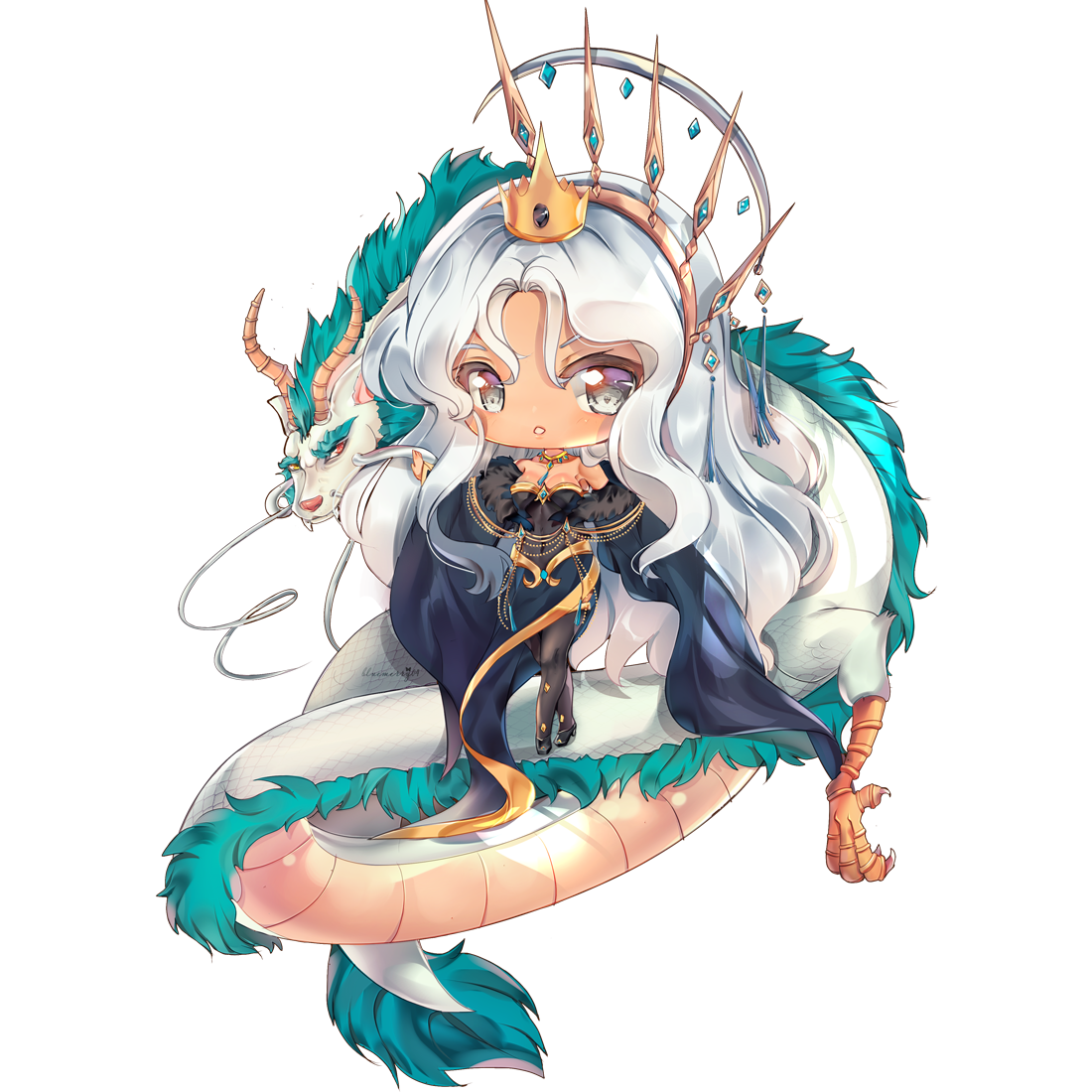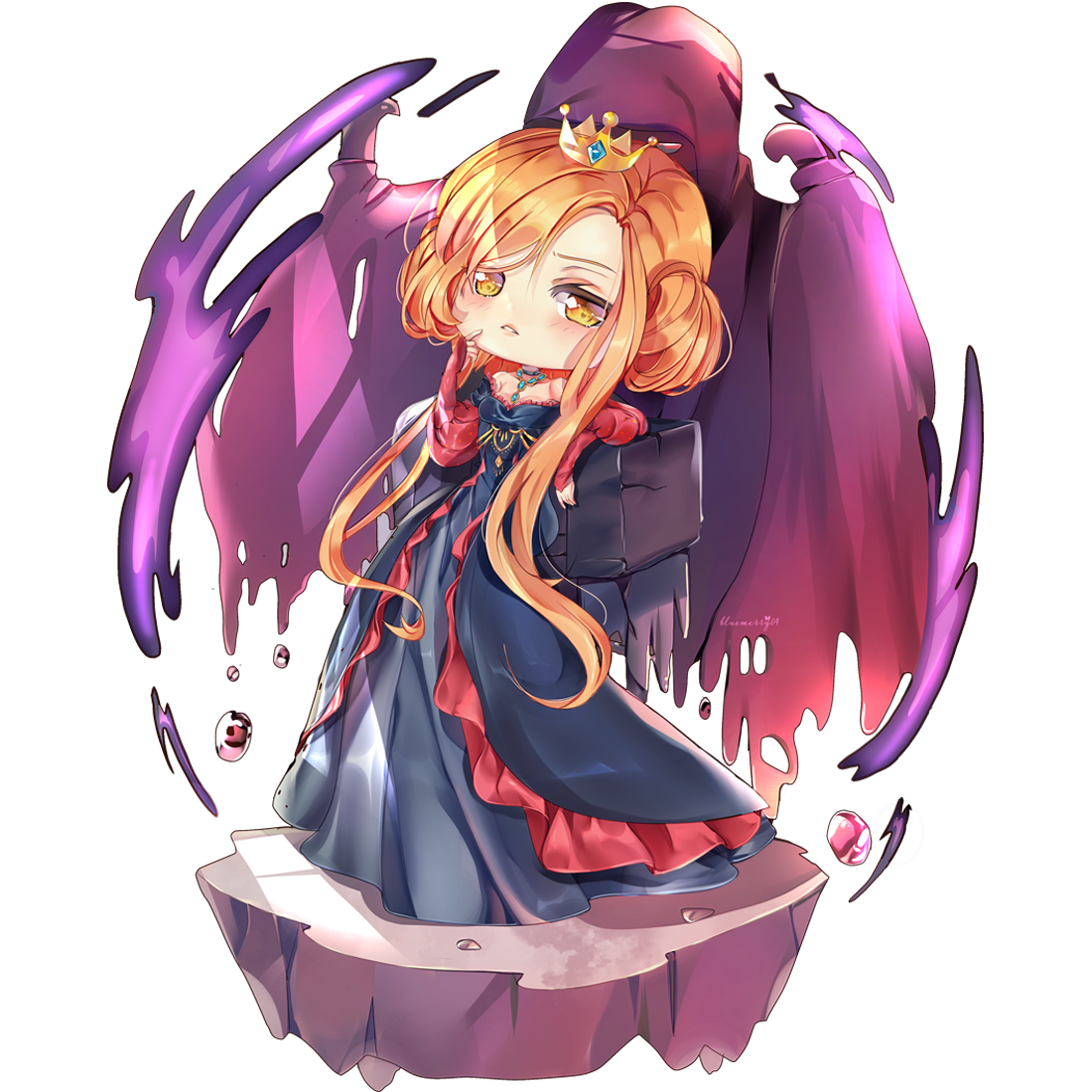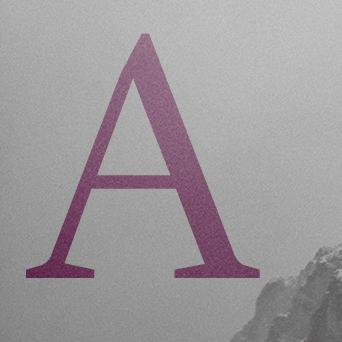We all know that there are lots of fabric used in our daily clothes or furniture, etc. And a new kind of fabric nowadays are more and more popular. That is Double Brush Fabric.
What is Double Brushed Poly Fabric?
Double brushed polyester knit is a fashion apparel fabric that has 4 way stretch made from polyester and spandex blend. This fabric has undergone treatment which brushes the surface of the fabric giving it the look of suede and is commonly available in single or double brushed. It is soft to touch (some would refer to it as being buttery or soft like a peach) and made famous by LuLaRoe as it is the base fabric for most of their garments.
Fabric has fantastic colour fastness and washes well time and time agai however, being polyester it isn't environmentally friendly. Fabric has a floaty drape and doesn't require ironing, it can be used as a base fabric for most apparel patterns that asks for stretch knits. There's an array of solid colours and prints available in the marketplace, in Australia we are slowly "warming" up to the idea of double brushed polyester and as it gets popular you may start seeing a variety of solids and prints being stocked at your local fabric shop.
Another well used fabric is scuba fabric.
What is scuba fabric?
Scuba fabric is a type of double knit made from polyester and spandex, with a very fine gauge thread, and smooth texture. It's a little springy, very smooth and has a nice drape to it. Scuba fabric should not be confused with neoprene which is a thicker synthetic rubber and fabric hybrid that is more durable, flexible and is often used for wetsuits. You can also buy a fabric called scuba crepe which is a lighter version of scuba, more like a traditional Lycra but with a crepe textured finish. It can be divided into many types like Scuba Knitting Fabric, Scuba Crepe Fabric, etc.
After the war, it was discovered that Neoprene had a variety of uses beyond military equipment. For instance, manufacturers started making wetsuits with this material, and Neoprene became incredibly popular among surfers and scuba divers.
One of the issues with scuba diving at the time was the fact that most other fabrics to make scuba suits were water permeable. Neoprene, however, makes a total water barrier between the skin and the environment surrounding it, which makes it ideally suited for scuba diving gear. While neoprene might be a dream come true for scuba divers, this waterproof feature detracts from its performance in the wider world of apparel. Neoprene isn't breathable at all; any sweat you exude while you're wearing this scuba diving material will stay between your skin and the material until you take the piece of Neoprene clothing off.
This factor makes it so that Neoprene is only truly suited for loose-fitting clothing or clothing that doesn't cover a large portion of the body. While its stretchiness would make it an ideal material for tight-fitting sportswear, its lack of breathability detracts from this benefit significantly.
Except these, many other kinds of fabric are used for different usages, such as Jacquard Fabric, Roma Fabric, Bullet Fabric, Woven Fabric, SPH Fabric, etc.
What is Double Brushed Poly Fabric?
Double brushed polyester knit is a fashion apparel fabric that has 4 way stretch made from polyester and spandex blend. This fabric has undergone treatment which brushes the surface of the fabric giving it the look of suede and is commonly available in single or double brushed. It is soft to touch (some would refer to it as being buttery or soft like a peach) and made famous by LuLaRoe as it is the base fabric for most of their garments.
Fabric has fantastic colour fastness and washes well time and time agai however, being polyester it isn't environmentally friendly. Fabric has a floaty drape and doesn't require ironing, it can be used as a base fabric for most apparel patterns that asks for stretch knits. There's an array of solid colours and prints available in the marketplace, in Australia we are slowly "warming" up to the idea of double brushed polyester and as it gets popular you may start seeing a variety of solids and prints being stocked at your local fabric shop.
Another well used fabric is scuba fabric.
What is scuba fabric?
Scuba fabric is a type of double knit made from polyester and spandex, with a very fine gauge thread, and smooth texture. It's a little springy, very smooth and has a nice drape to it. Scuba fabric should not be confused with neoprene which is a thicker synthetic rubber and fabric hybrid that is more durable, flexible and is often used for wetsuits. You can also buy a fabric called scuba crepe which is a lighter version of scuba, more like a traditional Lycra but with a crepe textured finish. It can be divided into many types like Scuba Knitting Fabric, Scuba Crepe Fabric, etc.
After the war, it was discovered that Neoprene had a variety of uses beyond military equipment. For instance, manufacturers started making wetsuits with this material, and Neoprene became incredibly popular among surfers and scuba divers.
One of the issues with scuba diving at the time was the fact that most other fabrics to make scuba suits were water permeable. Neoprene, however, makes a total water barrier between the skin and the environment surrounding it, which makes it ideally suited for scuba diving gear. While neoprene might be a dream come true for scuba divers, this waterproof feature detracts from its performance in the wider world of apparel. Neoprene isn't breathable at all; any sweat you exude while you're wearing this scuba diving material will stay between your skin and the material until you take the piece of Neoprene clothing off.
This factor makes it so that Neoprene is only truly suited for loose-fitting clothing or clothing that doesn't cover a large portion of the body. While its stretchiness would make it an ideal material for tight-fitting sportswear, its lack of breathability detracts from this benefit significantly.
Except these, many other kinds of fabric are used for different usages, such as Jacquard Fabric, Roma Fabric, Bullet Fabric, Woven Fabric, SPH Fabric, etc.











